Cycling Accidents – August 2014
Every year in this country around 19,000 cyclists are injured in reported road accidents, including around 3,000 who are killed/seriously injured.
Cyclist Casualties, 20131
|
Child |
Adult |
All |
| Killed |
6 |
103 |
109 |
| Seriously Injured |
276 |
2,867 |
3,143 |
| Slightly Injured |
1,676 |
14,510 |
16,186 |
| Total |
1,958 |
17,480 |
19,438 |
These figures only include cyclists killed or injured in road accidents that were reported to the police. Many cyclist casualties are not reported to the police, even when the cyclist is inured badly enough to be taken to hospital. The figures also exclude cycling accidents that occur away from the road. Although the number of deaths is accurate, there could be two or three times as many seriously injured cyclists and double the number of slightly injured.
Cyclist casualties have risen in recent years as the amount of cycling has increased.
The majority of cyclist casualties are adults, with less than one fifth being children. Cycling accidents increase as children grow older, with 10 to 15 year old riders being more at risk than other age groups, including adults until about the age of 60 years. To some extent, this reflects increased cycling as children grow older followed by a switch to motorised transport from the late teens onwards. It also co incides with the age when children attend Secondary school, and may indicate riskier behaviour by this age group.
Males are far more likely to be involved in cycling accidents than females; four out of five cyclist casualties are male.
Most cycling accidents happen in urban areas where most cycling takes place. Almost two thirds of cyclists killed or seriously injured were involved in collisions at, or near, a road junction, with T junctions being the most commonly involved. Roundabouts are particularly dangerous junctions for cyclists. Not surprisingly, the severity of injuries suffered by cyclists increases with the speed limit, meaning that riders are more likely to suffer serious or fatal injuries on higher speed roads. Almost half of cyclist deaths occur on rural roads.
Around 80% of cycling accidents occur in daylight which is when most cycling takes place. For child cyclists, 90% of their accidents occur during the day. The most dangerous hours for cyclists are 3.00 to 6.00 p.m. and 8.00 to 9.00 a.m. on weekdays. However, cycling accidents in the dark are more likely to be fatal.
More cycle accidents occur during the Spring and Summer months (May to September) than the Autumn and Winter months (October to April). However, the casualty rate in terms of miles travelled is higher over the Autumn and Winter period.
Cycling Accident
- Around 75% of fatal or serious cyclist accidents occur in urban areas2
- Around half of cyclist fatalities occur on rural roads
- 75% happen at, or near, a road junction
- 80% occur in daylight
- 80% of cyclist casualties are male
- Almost one quarter of the cyclists killed or injured are children
- Around three quarters of cyclists killed have major head injuries.
Types of Accident
Accidents involving child cyclists are often the result of the child playing, doing tricks, riding too fast or losing control. For teenage and adult cyclists, accidents are more likely to involve collisions with motor vehicles, but about 16% of fatal or serious cyclist accidents reported to the police do not involve a collision with another vehicle, but are caused by the rider losing control of their bicycle.
In collisions involving a bicycle and another vehicle, the most common key contributory factor recorded by the police is ‘failed to look properly’ by either the driver or rider, especially at junctions. ‘Failed to look properly’ was attributed to the car driver in 57% of serious collisions and to the cyclist in 43% of serious collisions at junctions.
Other common contributory factors attributed to drivers are ‘poor turn/manoeuvre’ (in 17% of serious accidents involving a cyclist) and ‘careless, reckless, in a hurry (17%). Cyclists are more likely to suffer serious injuries when a driver is judged to be ‘impaired by alcohol’, exceeding the speed limit’ or ‘travelling too fast for the conditions’.
The second most common contributory factor attributed to cyclists was ‘cyclist entering the road from the pavement’ (including when a cyclist crosses the road at a pedestrian crossing), which was recorded in about 20% serious collisions (and over one third of serious collisions involving child cyclists).
The most common vehicle involved in collisions with cyclists is a car or taxi, with the rider usually being hit by the front of the vehicle. In a quarter of fatal cyclist accidents, the front of the vehicle hit the rear of the bicycle.
However, heavy goods vehicles (HGVs) present a particular danger for cyclists, especially in London where around 20% of cyclist fatalities occur involve an HGV. These often occur when an HGV is turning left at a junction’. About one quarter of accidents resulting in serious injury to a cyclist involved an HGV, bus or coach ‘passing too close’ to the rider.
Common Cycling Accidents
- Motorist emerging into path of cyclist
- Motorist turning across path of cyclist
- Cyclist riding into the path of a motor vehicle, often riding off a pavement
- Cyclist and motorist going straight ahead
- Cyclist turning right from a major road and from a minor road
- Child cyclist playing or riding too fast
Injury Patterns
Limb Injuries
Limb injuries are common in cyclist casualties, with over 40% suffering arm injuries and around 25% suffering leg injuries.
Chest/Abdomen Injuries
Chest and abdomen injuries occur much less frequently (5%), but are often serious. When they do occur they are often accompanied by head injuries.
Head Injuries
Head injuries, ranging from fatal skull fractures and brain damage to minor concussion and cuts, are very common injuries to cyclists. Hospital data shows that over 40% of cyclists, and 45% of child cyclists, suffer head injuries. A study of 116 fatal cyclist accidents in London and rural areas found over 70% of the cyclist fatalities in London had moderate or serious head injuries in London, and over 80% of those killed in collisions on rural roads.
References
- “Reported Road Casualties Great Britain: 2013: Main Results”, Department for Transport, 2014
- “Collisions Involving Cyclists on Britain’s Roads: Establishing the Causes”, TRL Report PPR 445, 2009
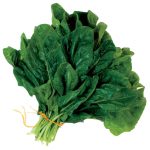 #1: Dark Leafy Greens (Raw Spinach)
#1: Dark Leafy Greens (Raw Spinach)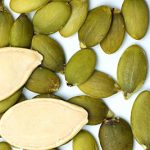 #2: Nuts and Seeds (Squash and Pumpkin Seeds)
#2: Nuts and Seeds (Squash and Pumpkin Seeds) #3: Fish (Mackerel, not goldfish. 😉 )
#3: Fish (Mackerel, not goldfish. 😉 )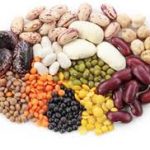 #4: Beans and Lentils (Soy Beans)
#4: Beans and Lentils (Soy Beans) #5: Whole Grains (Brown Rice)
#5: Whole Grains (Brown Rice) #6: Avocados
#6: Avocados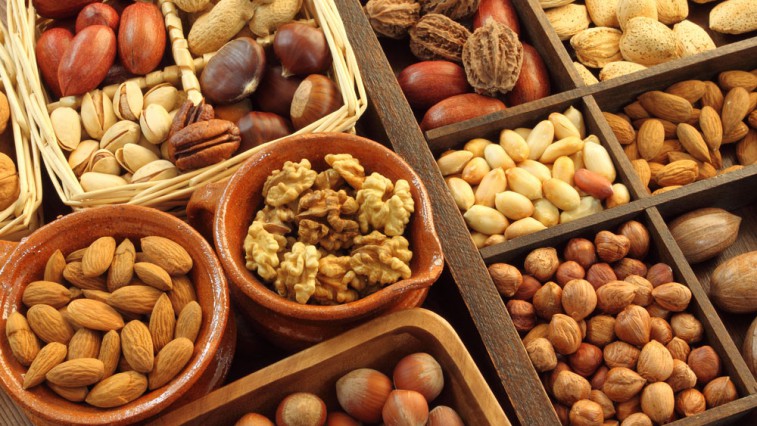
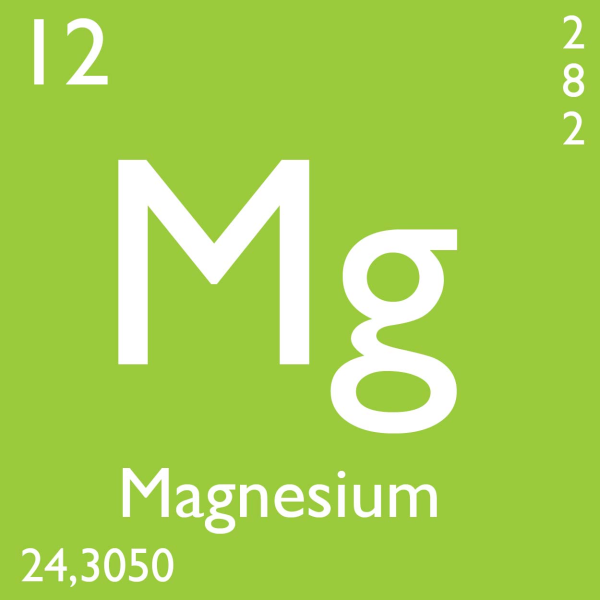


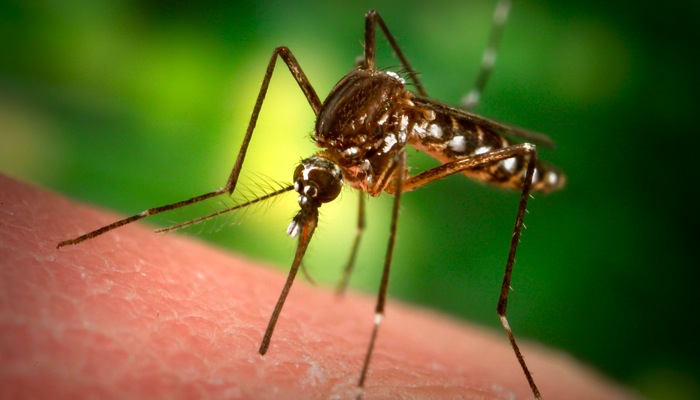



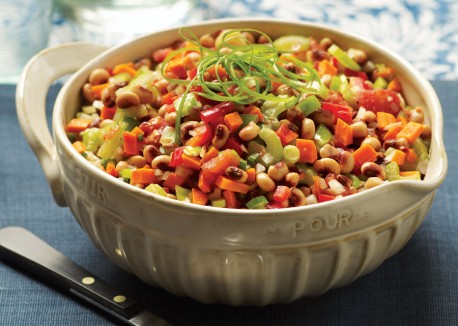

 The first exercise is what I refer to as the Jack Knife sit-up. Lay on your back. Hands and feet meet in the center. Slowly extend arms and legs away from center of body. Don’t touch floor with arms or feet. Hold and bring back to center. Do these for 1 minute. Try to do 25-30 reps. If you are a beginner, bend the knees and bring them up to midline and back down.
The first exercise is what I refer to as the Jack Knife sit-up. Lay on your back. Hands and feet meet in the center. Slowly extend arms and legs away from center of body. Don’t touch floor with arms or feet. Hold and bring back to center. Do these for 1 minute. Try to do 25-30 reps. If you are a beginner, bend the knees and bring them up to midline and back down. Leg extension with a workout bar is to use a bar and hold the bar in front of you and just lower the legs while keeping the hands and workout bar in place overhead at waist level. Drop legs 6” from floor, hold then bring back up to the bar. If you don’t have a bar, place hands under lower back and lower legs to floor, approximately 6” from the floor and back up to mid-line. Do each exercise for 1 minute/rest for 1 minute.
Leg extension with a workout bar is to use a bar and hold the bar in front of you and just lower the legs while keeping the hands and workout bar in place overhead at waist level. Drop legs 6” from floor, hold then bring back up to the bar. If you don’t have a bar, place hands under lower back and lower legs to floor, approximately 6” from the floor and back up to mid-line. Do each exercise for 1 minute/rest for 1 minute. Now take the same bar and alternate it from side to side in order to work the oblique.
Now take the same bar and alternate it from side to side in order to work the oblique. Another great abdominal exercise you can do if you don’t have a bar is to simply do the Classic Scissor Crunch. Lay on floor, hands on head not behind head, so you can avoid pulling the neck and alternate legs to elbow. Right elbow to left knee and reverse, count that as 1 rep. What I refer to as a double count. Do for 1 minute. 25-30 reps.
Another great abdominal exercise you can do if you don’t have a bar is to simply do the Classic Scissor Crunch. Lay on floor, hands on head not behind head, so you can avoid pulling the neck and alternate legs to elbow. Right elbow to left knee and reverse, count that as 1 rep. What I refer to as a double count. Do for 1 minute. 25-30 reps. The next exercise is great for your whole core, The Classic Plank. When done with the scissor crunch, flip over on your mat, place hands under shoulders, lift lower body in straight line, flat back and hold for 1 minute.
The next exercise is great for your whole core, The Classic Plank. When done with the scissor crunch, flip over on your mat, place hands under shoulders, lift lower body in straight line, flat back and hold for 1 minute. The last one is the Classic Crunch. Lay down on your mat, knees bent, hands on head so you don’t pull the neck, lift ½ way and back down, repeat. Complete as many as you can in 1 minute.
The last one is the Classic Crunch. Lay down on your mat, knees bent, hands on head so you don’t pull the neck, lift ½ way and back down, repeat. Complete as many as you can in 1 minute.
